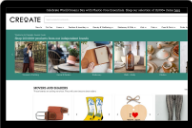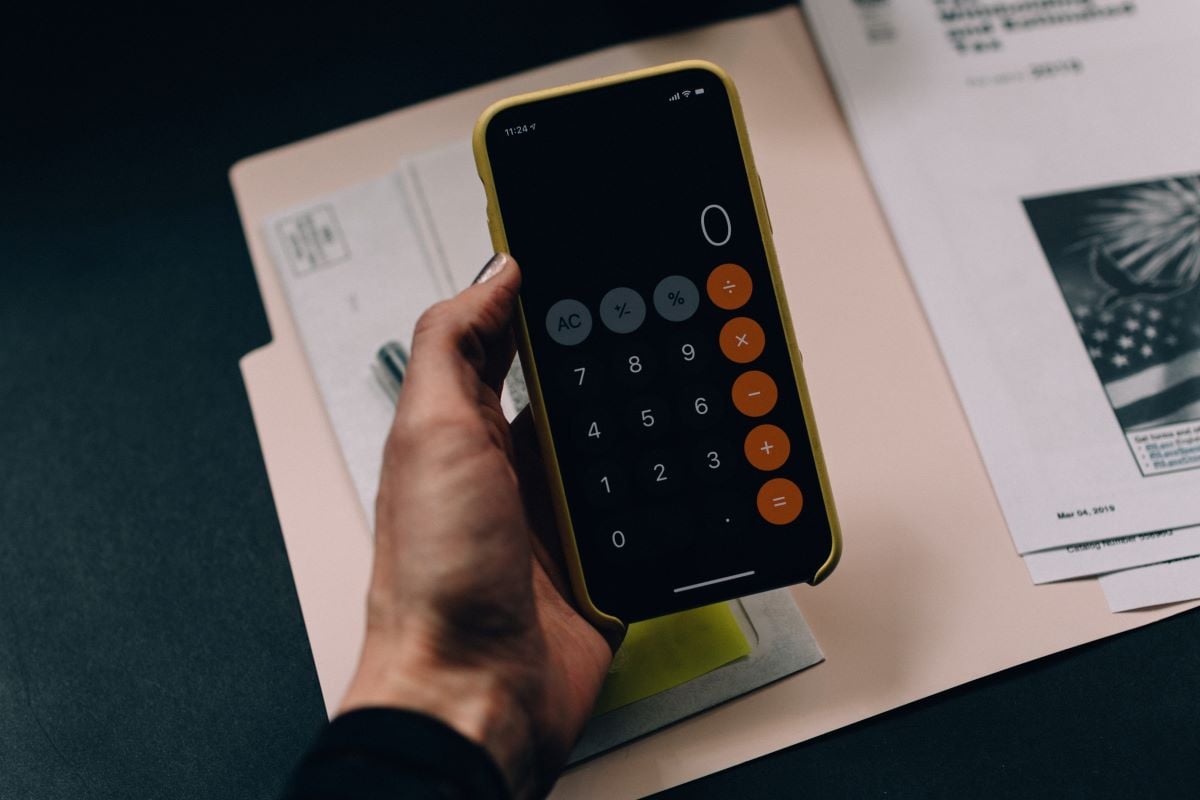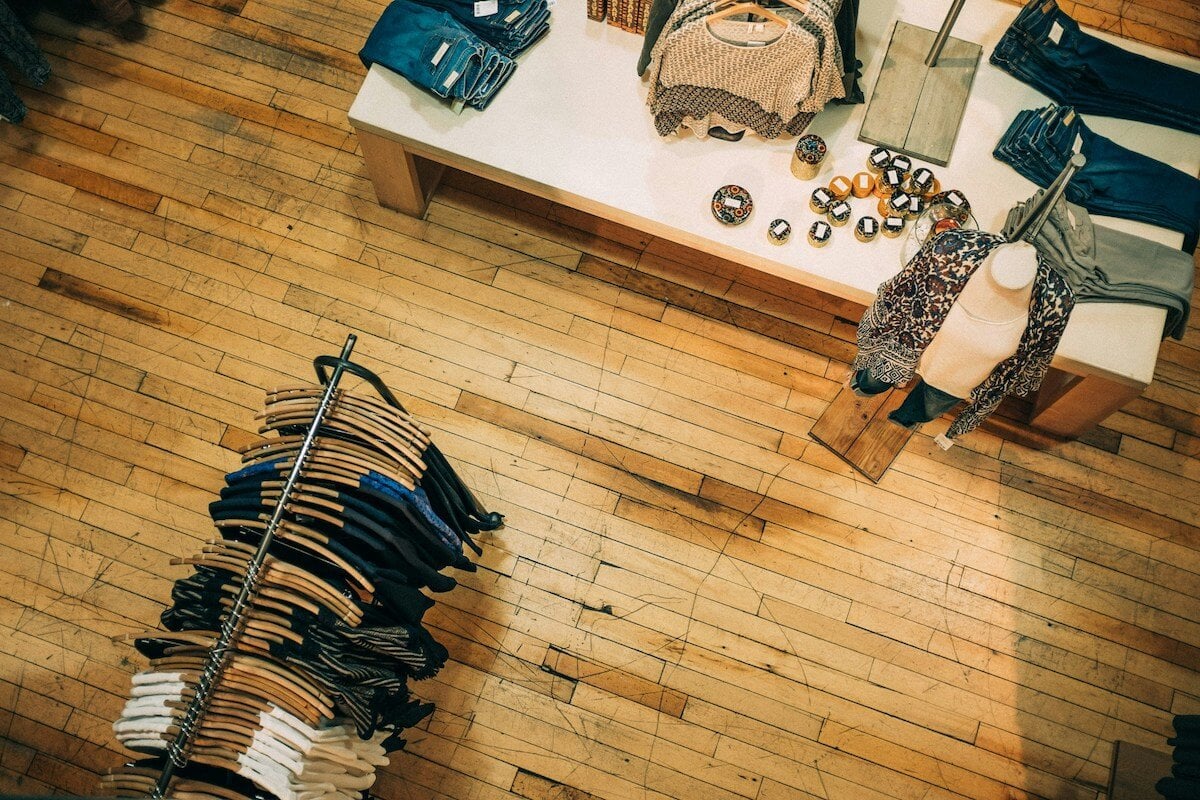
So, you want to start selling wholesale. Whether you’re making or sourcing your products for wholesale purposes, one of the most important steps is determining your pricing strategy to make it all worthwhile. There are a few things you’ll want to keep in mind, which we’ve broken down into the following sections below.
- Market costs
- Cost of production & labour
- Overhead costs
- Making a profit
- Pricing formulas
- Picking your pricing strategy
- FAQ
- Going forwards
1. Researching market costs
Make sure you’re clear on the average cost of similar products in your market. Do your research and keep an eye on what your competitors are doing, and how it compares to the kind of prices you’d like to set. Don’t be discouraged if your estimation is slightly off, as ultimately only you know what goes into your product and how your process may differ. Nonetheless, it’s important to know where you sit within your category and niche.
Consider value, as well as your target audience. Just because you can sell your product for less, does not mean you should. A mistake many small businesses make is to go in low to encourage initial sales, then struggle to maintain those sales with the same audience when the time comes to raise prices. Price your products to align with your ideal customer, and other aspirational brands that share the same demographic.
2. Calculating your variable costs
Crunch the numbers on every aspect of your product, including packaging so you can deduce the final cost of your finished product once it’s ready to be shipped out to retailers.
Upfront, what are your material costs per unit? How much is your time worth? This is something a lot of makers struggle with, but it’s an important part of developing your pricing strategy, as the final cost of your product will include the value of your time and labour. Decide on a personal rate of pay based on your availability and skillset. Is the process of creating your products time-consuming, or especially labour-intensive? Perhaps making your product requires highly specialised skills or tools.
Knowing the cost per item when running your own business is crucial. Here’s what Alex of the skincare brand Lizush had to say:
‘We calculate the cost of every product we make. We make a body oil, and we know exactly how long it needs to take to put a sticker on it, and how long it takes to put it in a plastic bubble bag. We have to. We’ve had people that were very nice, but they’re too slow. Instead of costing us a dollar to make a product, it’s costing us 2 dollars. That’s nothing, I spend that on my coffee in the morning. But, when you’re making thousands, and millions of products, each dollar, every ten cents, every 4 cents is important.’
If you work with a small team, factor in how much you pay them per hour. As an example, let’s say your product is candles. You pay your employees £25 per hour, and they are able to prepare a batch of 20 candles per hour. Based on this, you know that at a minimum the labour cost for your candles is £1.25. If the cost of materials per candle comes to roughly £4, you’ll be looking at a roundabout cost of £5.25 per candle.
3. Calculating your overhead costs
You should include any overhead costs in your final price where necessary for the most accurate calculation. Overhead costs refer to any ongoing expenses required to run your business. This may include everything from bills and utilities, to insurance, taxes, rent, any maintenance and repairs, as well as the cost of any tools you use to make your products.
4. How to make a profit
Again, looking into how much your competitors’ products retail for will give you a good idea of how much customers are accustomed to, and willing to pay. Research is key here to find out the typical markup for your products and industry. If candles of the size and type you make sell for up to £21 at retailers, you could agree on a wholesale price of £10.50 per candle, meaning you make £5.25 in profit per candle. Your wholesale profit margin is at 50%, and if the retailer uses your suggested retail price (SRP), they too will be making a 50% profit.
Of course, this is just an example, and why competitor research is absolutely crucial. If your prices are higher than average, you may miss out on sales, and it could be a sign that either your material costs are too high, or the process of making your products isn’t as efficient as it needs to be. Equally, if the cost of your product is too low, you could be underselling your labour, and retailers may question the quality of your products. As ever, balance is key when it comes to ensuring the quality of your products, and not underselling your labour, whilst also turning a profit that makes your business worthwhile.
Just remember that it’s never too late to adjust your prices where necessary, and that navigating pricing when starting out as a wholesaler is always a massive learning curve. For a little perspective, here are the margins we recommend you leave for retailers in order to be competitive in your sector on CREOATE:
| Category | The suggested margin for retailers (minimum) |
| Beauty and wellbeing | 35 – 40% |
| Homeware and home decor | 45 – 50% |
| Kids’ clothing and items | 50 – 60% |
| Stationery | 45 – 55% |
| Fashion and accessories | 45 – 55% |
| Pet accessories | 30 – 40% |
| Food and drink | 30 – 40% |
For more help, be sure to use our handy markup and reverse markup calculating tool here.
Wondering what the difference between markup and margin is? Check out our other handy guide and tool here.
5. Using pricing formulas
There are a few handy formulas you can use to help determine your final wholesale product costs. The most simple being:
Wholesale Price = Cost Price + Profit Margin
For this formula, simply calculate your labour, overhead, and material costs. Add this total to your agreed profit margin, and once you have your number, you’ll get your wholesale price.
However, remember pricing formulas are often highly subjective. Your core strategy will be personal to you and your product.
6. Picking your pricing strategy
Now that you've delved into the intricacies of researching costs, calculating variables, understanding overheads, and determining profit margins, it's time to choose a pricing strategy that aligns with your business goals. Unless one approach in particular seems to jump out as the clearest and most obvious choice for you, we often recommend adopting a hybrid approach.
What do we mean by this? We mean combining elements of both value-based and competitor-based pricing strategies. Research market costs and use this information to understand the baseline costs in your industry. Then, identify the average prices set by competitors, ensuring your product is competitively positioned. Factor in personal and labour costs, and consider how these align with perceived market value, along with overhead costs. Finally, leverage pricing formulas as a starting point, and adjust based on your unique product attributes. Incorporate your understanding of market costs, variable costs, and profit goals to fine-tune the formula to your specific situation.
Taking a hybrid approach should allow you to maintain competitiveness while ensuring that your pricing reflects the distinctive value of your product and services. Be sure to regularly reassess and refine your strategy based on market changes and customer feedback as you go along, too.
FAQs
What is the rule of 3 in pricing?
While it's widely known that when faced with two nearly identical products, customers often tend to opt for the more affordable option, research consistently demonstrates an intriguing pattern. When introduced to a third product priced higher than the initial two, individuals often lean towards choosing the middle-priced product rather than the least expensive one.
What is the 'optimal pricing rule' in wholesale pricing?
Setting the right price for your product is essential to attain a favourable margin, profit, and, ultimately, sustainable growth. For most businesses, achieving at least one of these objectives is a primary goal. To establish the appropriate pricing for your product, consider employing this straightforward formula: Profit = Price x Volume – Total Costs.
What are the 3 cost formulas?
When it comes to costing up and pricing your products, the following 3 cost formulas may come in handy for you:
Prime cost = direct materials consumed + direct labour.
Conversion cost = direct materials + factory overhead.
Factory cost = direct materials + direct labour + factory overhead.
How do you calculate marginal cost?
In the world of economics, marginal cost refers to the change in the overall production cost resulting from the creation of an additional unit. To calculate marginal cost, simply divide the change in production costs by the change in quantity.
Do you add VAT before or after markup?
When setting your wholesale pricing, begin with the net product cost, and incorporate the VAT only after factoring in your markup percentage. It's crucial to ensure that this markup adequately covers all business expenses for profitability, including utilities, staffing, marketing, advertising, and profit.
Going forwards
If you also sell direct to customers (DTC), selling wholesale is a way of diversifying your income, meaning you’ll be less reliant on seasonal sales.
Whilst your profit margin may be less than in your DTC sales, the benefit of selling wholesale is the sheer volume of product you’re selling, and the exposure that affords your brand when your products are potentially being stocked nationwide, and internationally.
Pricing, and the decision of whether or not to go wholesale is highly dependent on your situation and business. To learn more about whether wholesale is right for your business, as well as sales and marketing tips for small businesses, explore our blog today. Ready to sell wholesale? Join CREOATE as a brand today.
Not registered with CREOATE yet? Sign up now and sell wholesale with us today.
Related posts:








